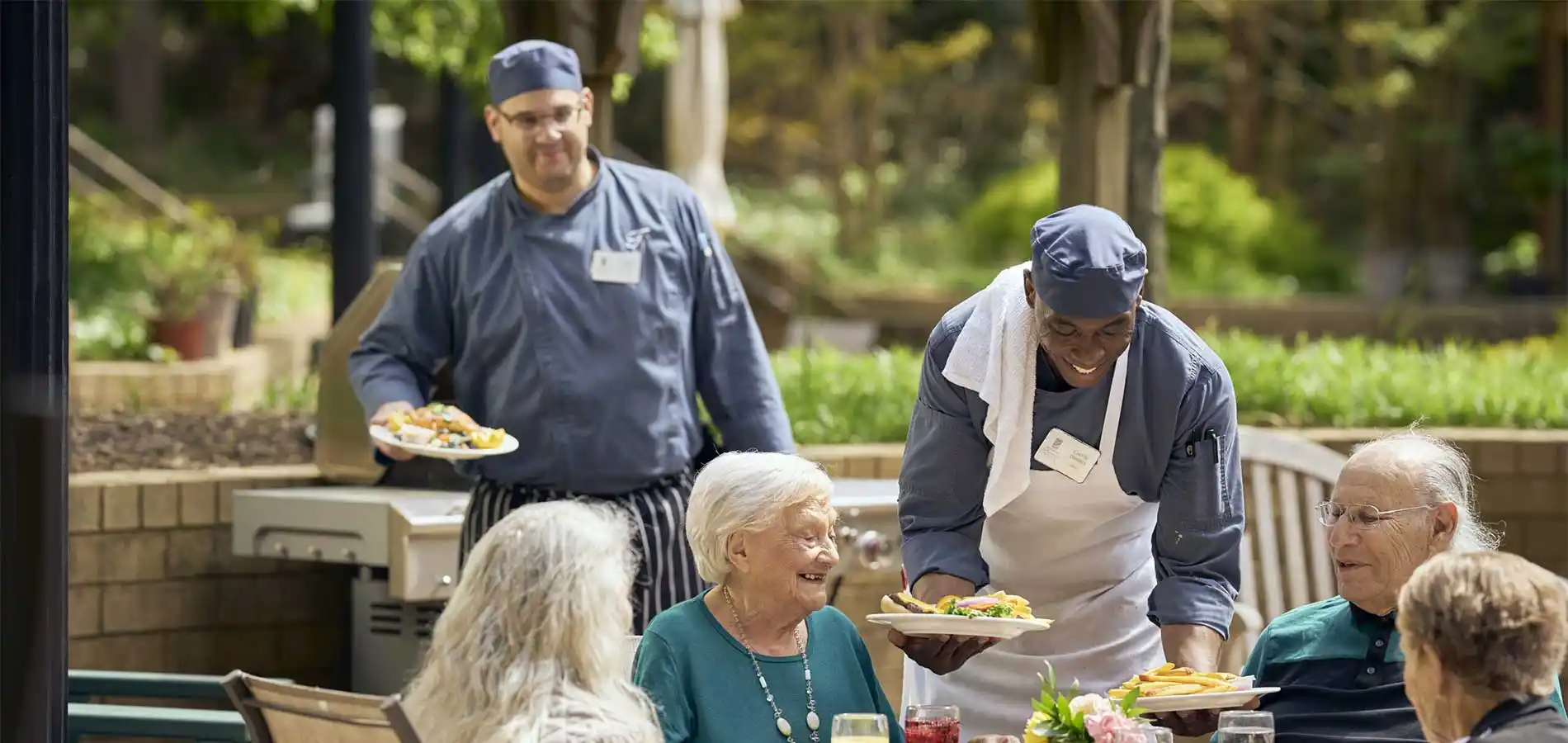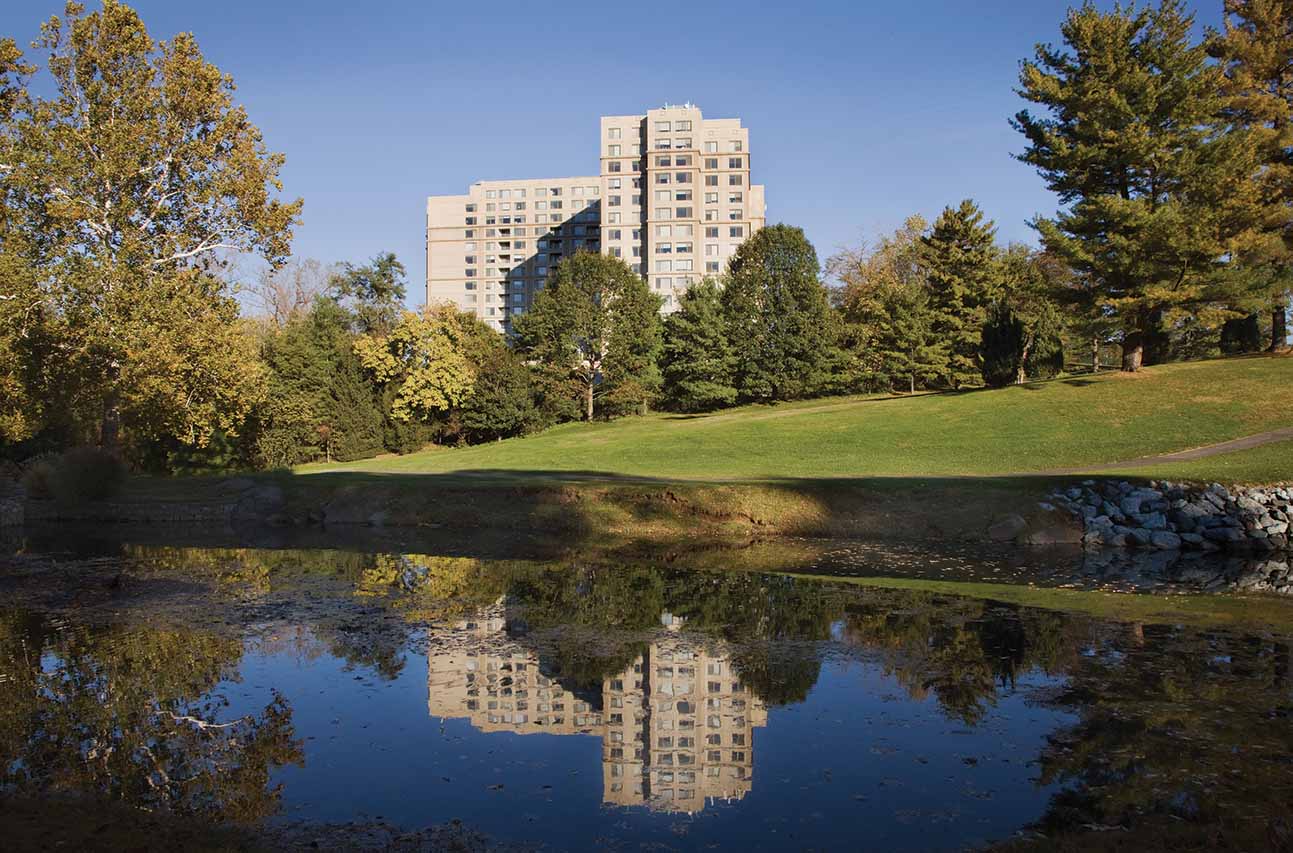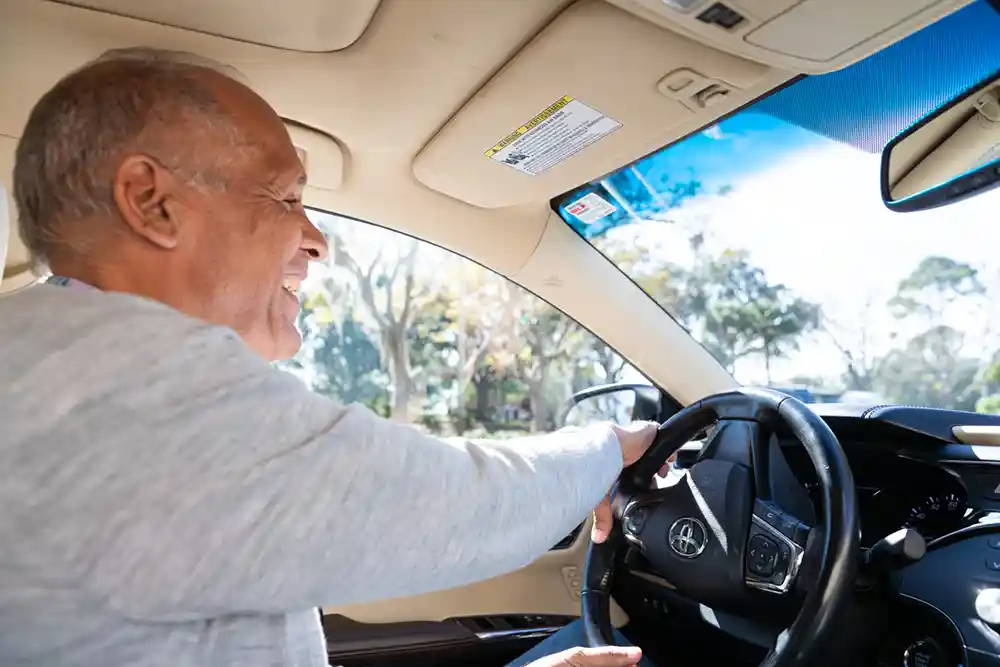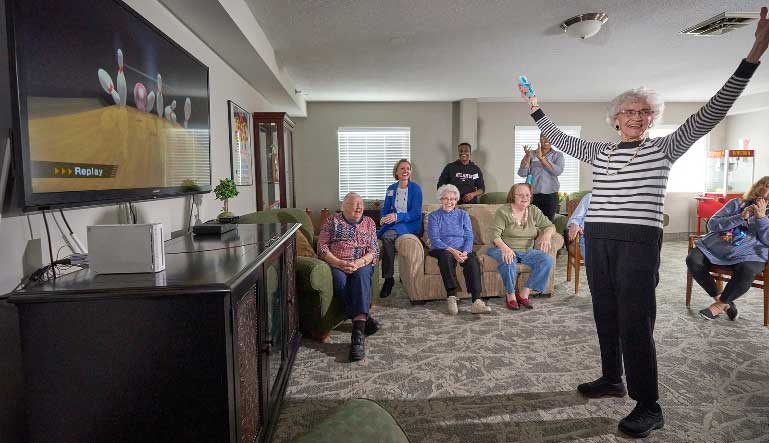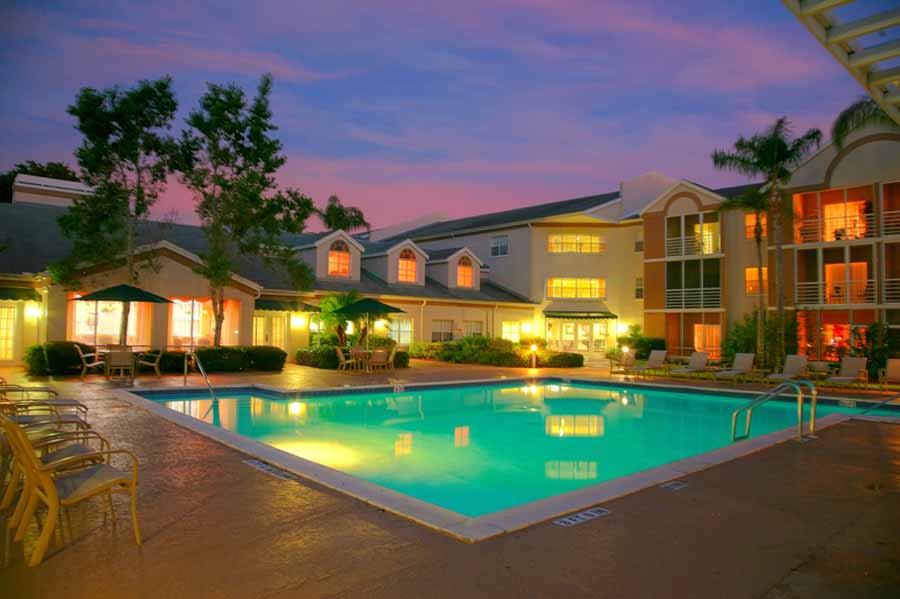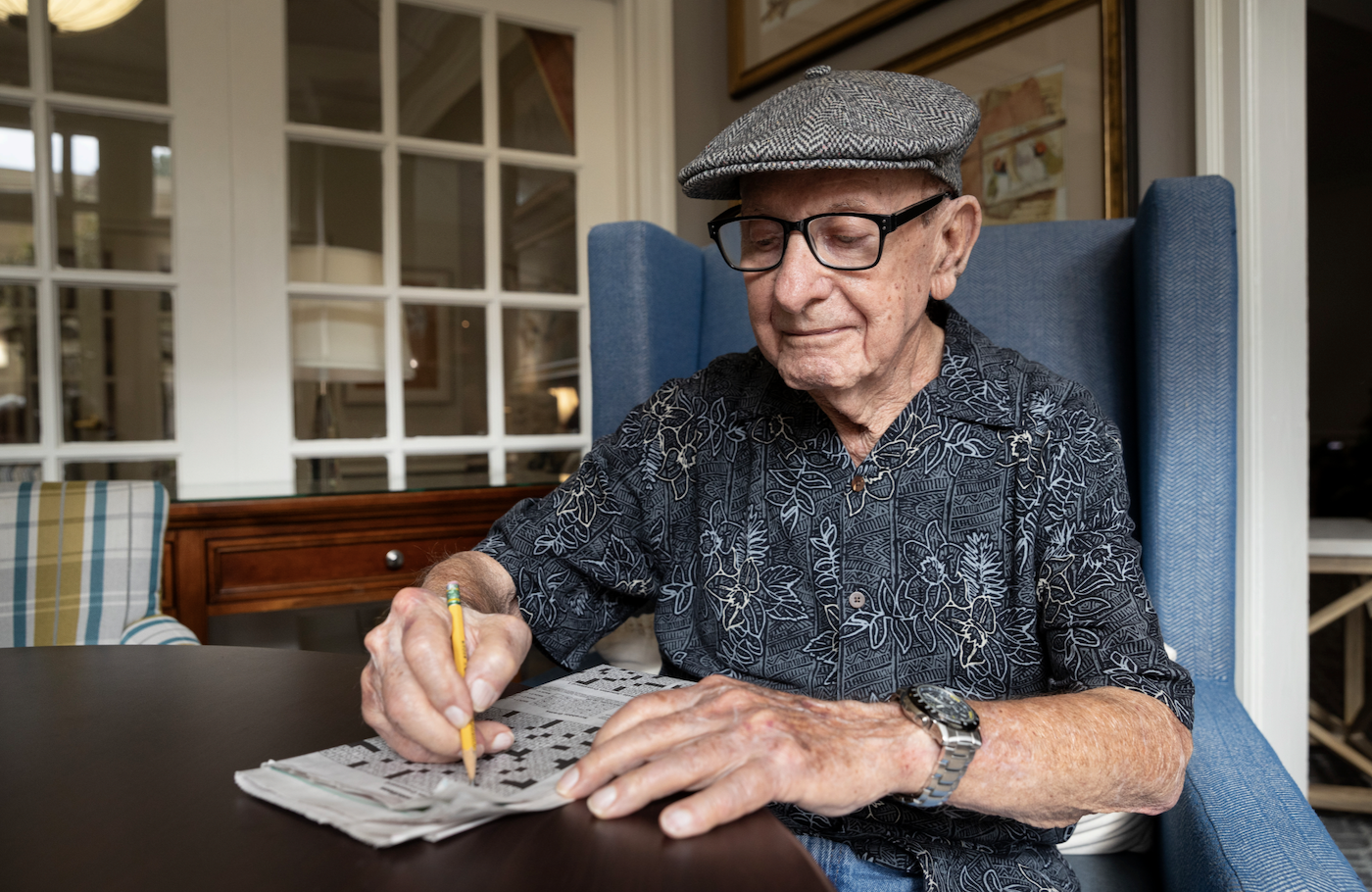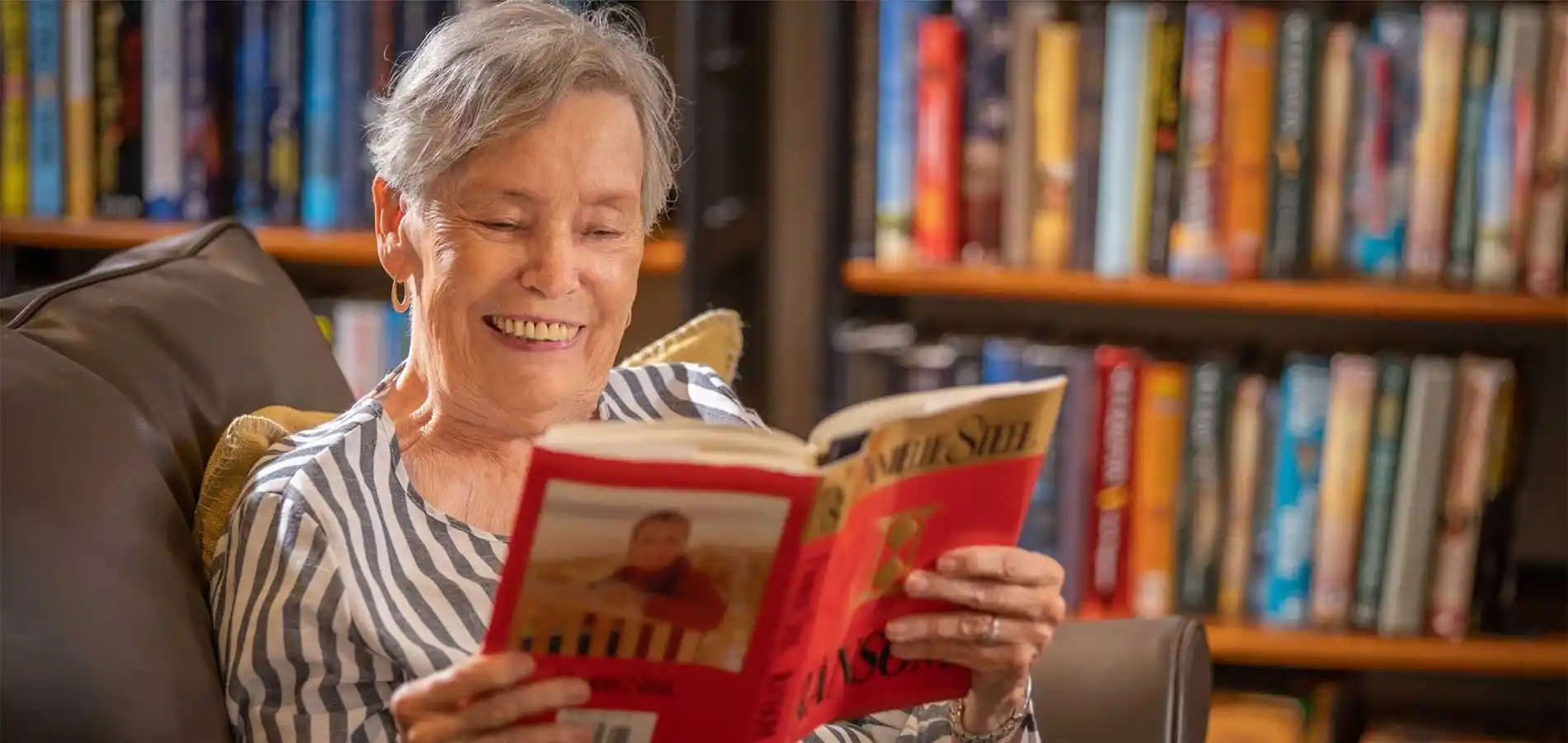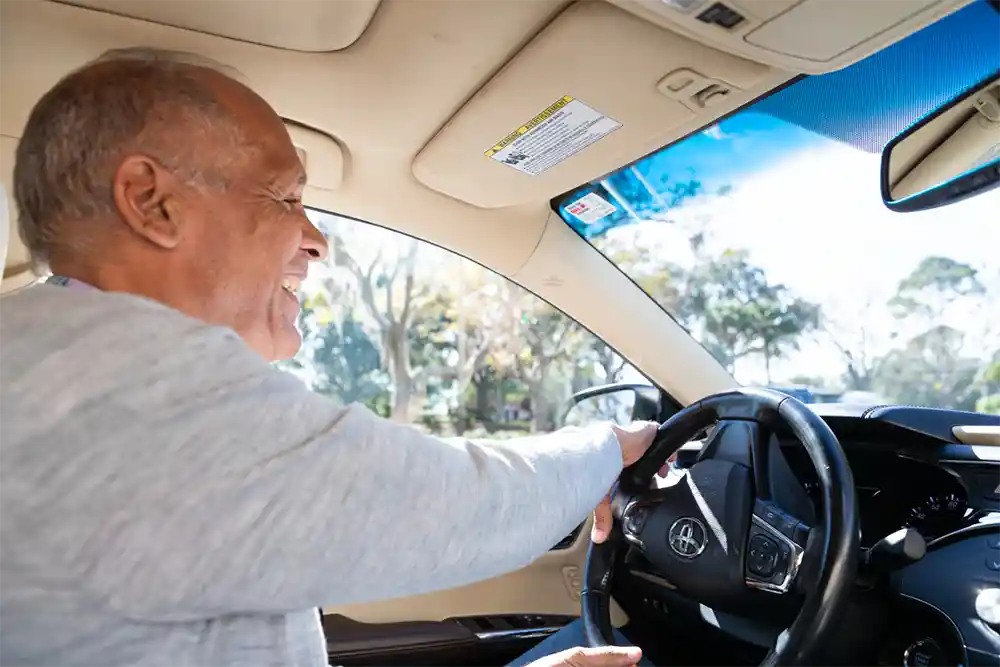Choosing the right senior living community involves many considerations, from apartment layouts to the level of care provided. While these are important, the dining experience is a crucial factor that should not be overlooked. A community’s approach to dining significantly impacts residents’ health, comfort, and overall quality of life. The good news is that modern senior living communities offer dining programs designed to feel, and taste, just like home.
To help with your search, here are some of the most frequently asked questions related to senior living dining:
- Are Meals Included in Senior Living?
- Do Senior Living Communities Accommodate Special Dietary Needs?
- What Are the Most Common Senior Living Dining Options?
- Can Residents Choose What They Want to Eat?
- Do I Have to Eat in the Community Dining Room?
- Dining-Related Questions to Ask When Evaluating Senior Living Communities
- Why Five Star Senior Living Dining?
Are Meals Included in Senior Living?
The inclusion of meals in senior living varies depending on the community and the level of care. Many communities include meals in their monthly fee, while others may charge an additional fee for dining plans.
The number of meals provided per day can also differ. Some communities offer just one meal daily, while others provide two or three. For example, independent living residents might prefer the flexibility of a one-meal plan, whereas those in assisted living or memory care typically receive three nutritious meals per day. With a variety of options available, you can find a senior living community with a meal plan that fits your budget, preferences, and lifestyle.
Do Senior Living Communities Accommodate Special Dietary Needs?
Yes, reputable senior living communities prioritize nutrition and food safety. Their dining services can accommodate various dietary needs, including those for heart-healthy, low-sodium, vegetarian, vegan, and gluten-free diets, as well as specific food allergies. You can expect the staff to work with you directly to ensure a safe and satisfying dining experience that meets your individual needs.
What Are the Most Common Senior Living Dining Options?
Most common senior living community dining options include:
Restaurant-Style Dining: Enjoy a daily menu with multiple choices for appetizers, entrées, sides, and desserts, just like at a traditional restaurant.
Onsite Cafés and Coffee Bars: Perfect for grabbing a quick snack, light meal, or meeting friends for coffee or tea.
Lounges or Pubs: Some communities feature on-site bars where residents can enjoy a glass of wine, beer, or a cocktail during happy hour or for a nightcap.
Private Kitchens or Kitchenettes: Many apartments in independent and assisted living include a private kitchen or kitchenette for residents who enjoy cooking for themselves.
This combination of options ensures residents can enjoy both social dining and the flexibility of preparing private meals.
Can Residents Choose What They Want to Eat?
Absolutely. The best senior living dining programs are the ones that offer variety. Residents should also be able to request substitutions when available.
Additionally, themed meals, chef’s recommendations, and seasonal specials keep your dining experiences diverse and something to look forward to.
Do I Have to Eat in the Community Dining Room?
Most senior living communities feature a central dining room designed to encourage socializing. However, residents are not required to eat in the main dining area and have the flexibility to choose other options, such as:
In-Room Dining – Perfect for days when you feel like eating in your own company or just need to rest.
Independent Dining – Independent and assisted living residents can dine off-property, order take-out, or cook for themselves if their apartment includes a kitchen.
Private Dining Room – If family or friends are visiting, residents can reserve the private dining room for meals with loved ones for a more intimate setting.
Outdoor Dining Spaces – Some communities have patios and porches with tables and chairs, perfect for dining al fresco.
Dining-Related Questions to Ask When Evaluating Senior Living Communities
Whether you’re ready to take a tour or just inquiring more about a particular community, these are the questions we recommend asking about their senior living dining menus and services:
- Are meals included in the monthly fee, or is there an additional charge per meal?
- What type of dining plans are available?
- What does the menu typically consist of?
- How often does the menu change?
- How are different needs/requests accommodated?
- Are there special event dinners or themed meals?
- Are meal times fixed, or is there flexibility for residents to dine at their convenience?
- Do apartments or rooms have personal kitchens or kitchenettes?
- Is room service available?
- Can guests dine with residents?
- Are there tables for hosting guests?
- Is there a registered dietitian on staff?
Five Star Senior Living Dining Services
Five Star Senior Living raises the bar when it comes to senior living dining. Our Five Star Culinary program is committed to our fresh food pledge. All food is made from scratch; responsibly sourced; environmentally conscious; and seasonal, local, and healthful.
Restaurant-Quality Experience
Many of our community chefs were trained at the nation’s top culinary institutes and it shows. Five Star menus feature an incredible variety of restaurant-quality dishes that you’re sure to savor.
Flexible Menus & Choices
Our dining program offers a wide range of menu choices, so you’ll always have something delicious to look forward to. Our network of executive chefs have developed signature dishes plus new recipes designed to boost your health. We also prioritize resident favorites and encourage feedback—we want to know what you love so we can keep it on the menu. Your opinion truly matters, and we’re committed to making sure you have a say in what we serve.
Special Diets & Allergies
Whether you follow a special diet, have a food allergy or intolerance, or recommendations from a doctor our culinary team will customize a menu just for you. Our team also works with registered dietitians, ensuring that every meal is both safe and healthy.
Social & Special Dining Experiences
Furthermore, Five Star Senior Living communities feature localized cuisines and also arrange holiday celebrations, cooking demonstrations, and themed dinners. Our communities also have private dining rooms if you wish to host family gatherings or celebrate occasions with a group.
To get a taste of what we have to offer, find a Five Star Senior Living community near you to schedule a tour today!

